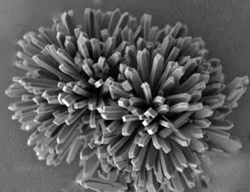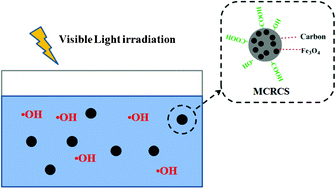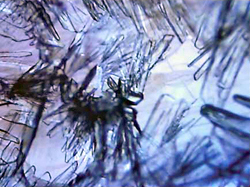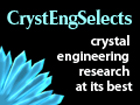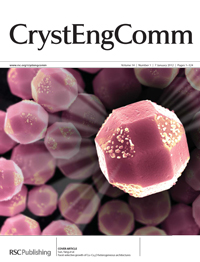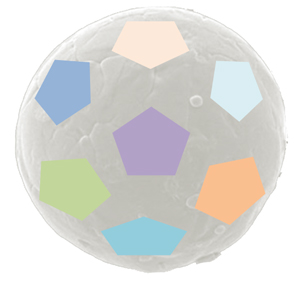This month’s crystal clear looks decidedly like a hedgehog!
In fact this is a BaSO4 particle grown using H2O2 to control particle morphology. Published in Issue 16 of CrystEngComm the paper describes the growth of BaSO4 crystals and proposes an interesting growth mechanism via selective adsorption of intermediates HO2–, O22- and O2, generated from the decomposition of hydrogen peroxide during the reaction.
The team from the Institute of Chemistry, Chinese Academy of Sciences were looking to control the morphology of barite without affecting crystal purity. Barite is a material with a wide range of applications, the largest being in drilling fluids (used during oil and gas exploration) and also as a paint and plastic additive as well as application in medicine.
By changing the concentration of H2O2 and varying reaction pH the team were able to control crystal morphology. Download the article for free to find out how the team achieved the shape control and see their SEM images revealing the growth of the structures.
Hydrogen peroxide triggered morphological evolution of barium sulfate crystals under basic conditions
Xiao-Hui Zhang, Feng-Wen Yan, Cun-Yue Guo, Feng-Bo Li, Zhi-Jun Huang and Guo-Qing Yuan
CrystEngComm, 2012, 14, 5267-5273


